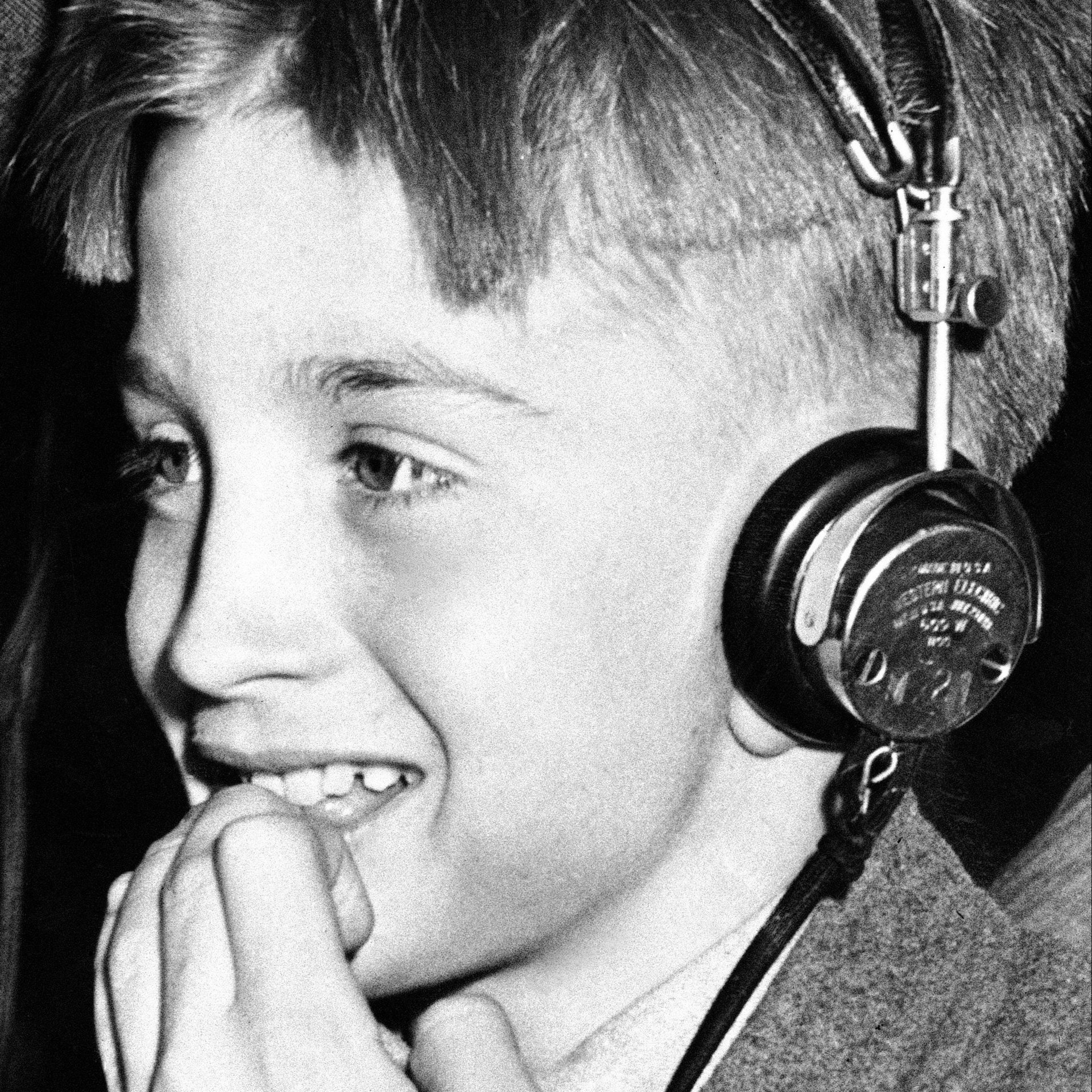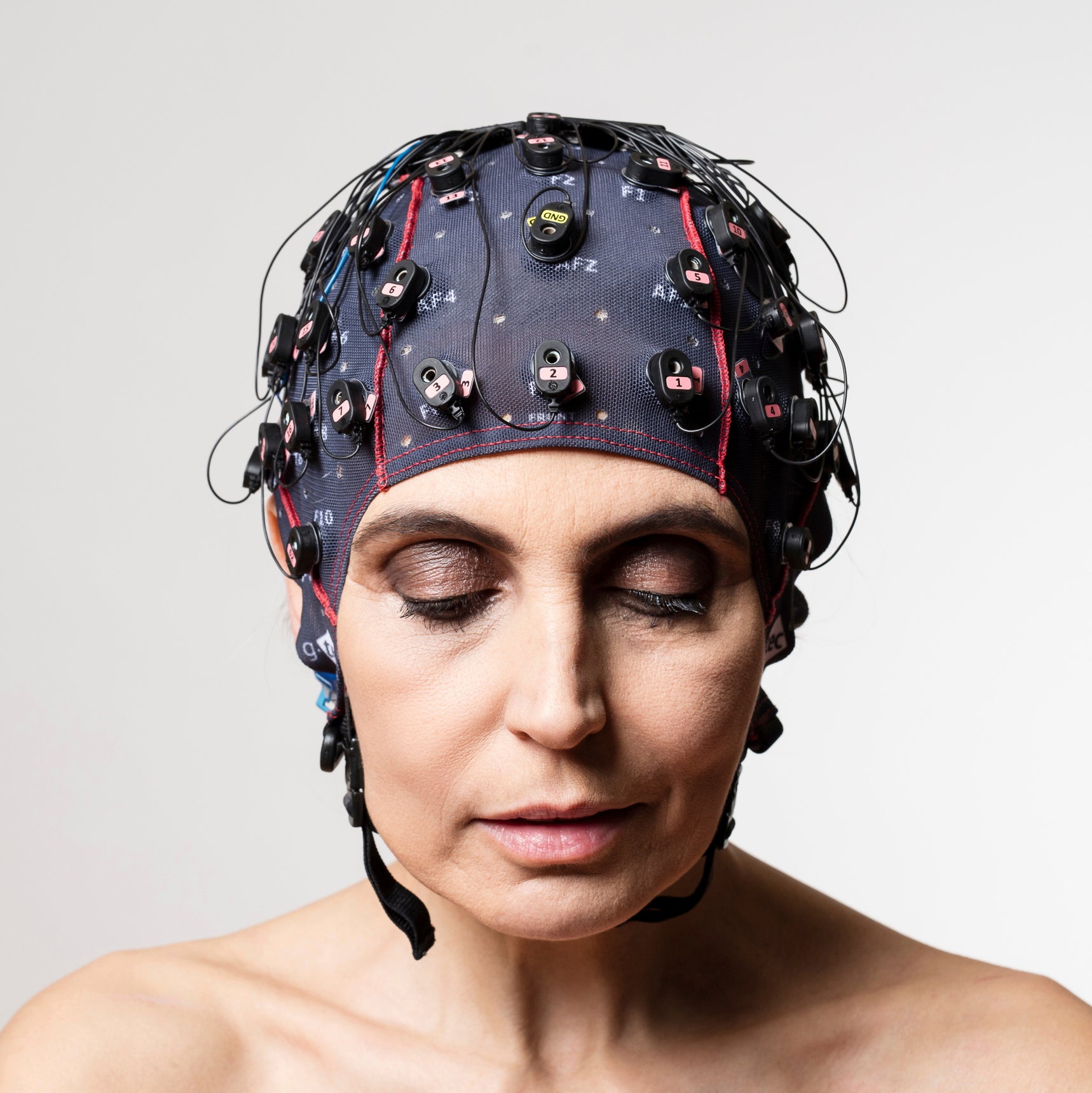Experts predicting the future of education would have got an F
As our access to knowledge has expanded, so have our outlandish predictions for how we will learn in the future. Few educational experts would have scored an A+ when it came to their starry-eyed prophecies about the classrooms of tomorrow: We still haven’t worked out how to beam books into our brains, but at least electrical-stimulation therapy hasn’t become commonplace in classrooms.


As our access to knowledge has expanded, so have our outlandish predictions for how we will learn in the future. Few educational experts would have scored an A+ when it came to their starry-eyed prophecies about the classrooms of tomorrow: We still haven’t worked out how to beam books into our brains, but at least electrical-stimulation therapy hasn’t become commonplace in classrooms.
As part of What Happens Next, our special project exploring the far-off future of the global economy, we looked at how the thinkers of the past thought we’d be educating the people of today. Their predictions remind us that the future is not as certain as we think.
1910 (for 2000) / The download
The French company Villemard commissioned artists such as Jean-Marc Côté to produce a series of brightly colored prints depicting the year 2000. In one of them, titled “At School,” a crank-handled machine crunches textbooks up into knowledge and then transmits them into students’ minds via some steampunk-worthy brass headgear.

1924 / Pre-podcast
Science and Invention’s editors thought that headphones had the power to turn homework into “a great joy.” Radio lessons would soon be commonplace, and “little Mary Jane” would “enjoy her radio lessons as much as she now enjoys her bedtime stories. Everything will be an ‘open book’ to her.” All-access MOOCs, where remote learning takes place via online videos and slideshows, now allow us to similarly take classes in anything. Last year, some 23 million learners around the world signed up for their first MOOC, bringing the total worldwide to 81 million.
1958 / Automated teaching
Arthur Radebaugh’s futuristic Sunday comic “Closer Than We Think” predicted more students and fewer teachers. Recording attendance would become the students’ responsibility, and most of the teaching would happen via “sound movies and mechanical tabulating machines.” He was right, but for the wrong reasons: Class sizes have grown significantly, and there are fewer people teaching. But a global teacher shortage and ballooning class sizes have more to do with low wages and international cuts in education funding than better educational tech.
That said, Radebaugh’s prediction that technology would allow individual students to advance at their own pace has become a reality, particularly for those with special educational needs: Apps such as Voice Dream are increasingly used to help dyslexic or vision-impaired students.

1965 (for 2000) / Personal computers
In the book Toward the Year 2000: Work in Progress, cognitive psychologist George A. Miller laid out his vision for a future in which students would have to know far more than their predecessors. “As automation advances and new industries replace old,” he wrote, “learning will not be regarded as ending with graduating from school, but will become a way of life for everyone.”
The key to this change? Personal computers. These, he thought, might revolutionize the quality of education at every level, providing students from all backgrounds and locations “access to the most advanced thinking in [their] field of interest.” By the end of 2000, 98% of US schools had a computer with an internet connection—though in the developing world, percentages of connected schools lag in the single digits.

1965 (for 2000) / Knowledge zaps
Self-described futurists Herman Kahn and Anthony J. Weiner (no, not that one) believed students could optimize their learning through “practical use of direct electronic communication with and stimulation of the brain”—in other words, electrode stimulation. Though technology of this sort is being explored, the long-term consequences aren’t clear, and it’s still very far away from being regularly used in classrooms.
More common, and as controversial, are “smart drugs”. Otherwise known as nootropics, these pills fulfill another of their predictions of “chemical methods for improved memory and learning.” A 2008 poll of Nature readers found that 20% of them “used drugs for non-medical reasons to stimulate their focus, concentration, or memory.”
1982 / Flying classrooms
Education gets a lift in a classroom abroad an airship from The Kids’ Whole Future Catalog. “Classes will never be boring on an airship traveling around the world!” the book says. “Imagine gliding over the Amazon River in South America or retracing Ulysses’ journeys through the Greek Islands.” While students don’t literally hover over the Great Pyramids or follow elephants across the African plains, Google Earth’s education arm has come some way to approximating the experience. More literally, some 63,000 students have taken part in Colorado State University’s “Semester at Sea,” where students “study abroad” aboard a seven-deck, 590-foot cruise ship as it travels the world.

1987 / The end of college?
Universities such as NYU are on their last legs, educator Herbert London told The Futurist, and it’s all because of liberals. Colleges had become such hotbeds of Marxism, feminism, and affirmative action from the 1960s onward, he wrote, that people would no longer want to go. As of 2018, NYU is the largest private university in the United States, suggesting that even rampant liberalism hasn’t been enough to deter aspiring Violets.
This story is part of What Happens Next, our complete guide to understanding the future. Read more predictions about the Future of College.